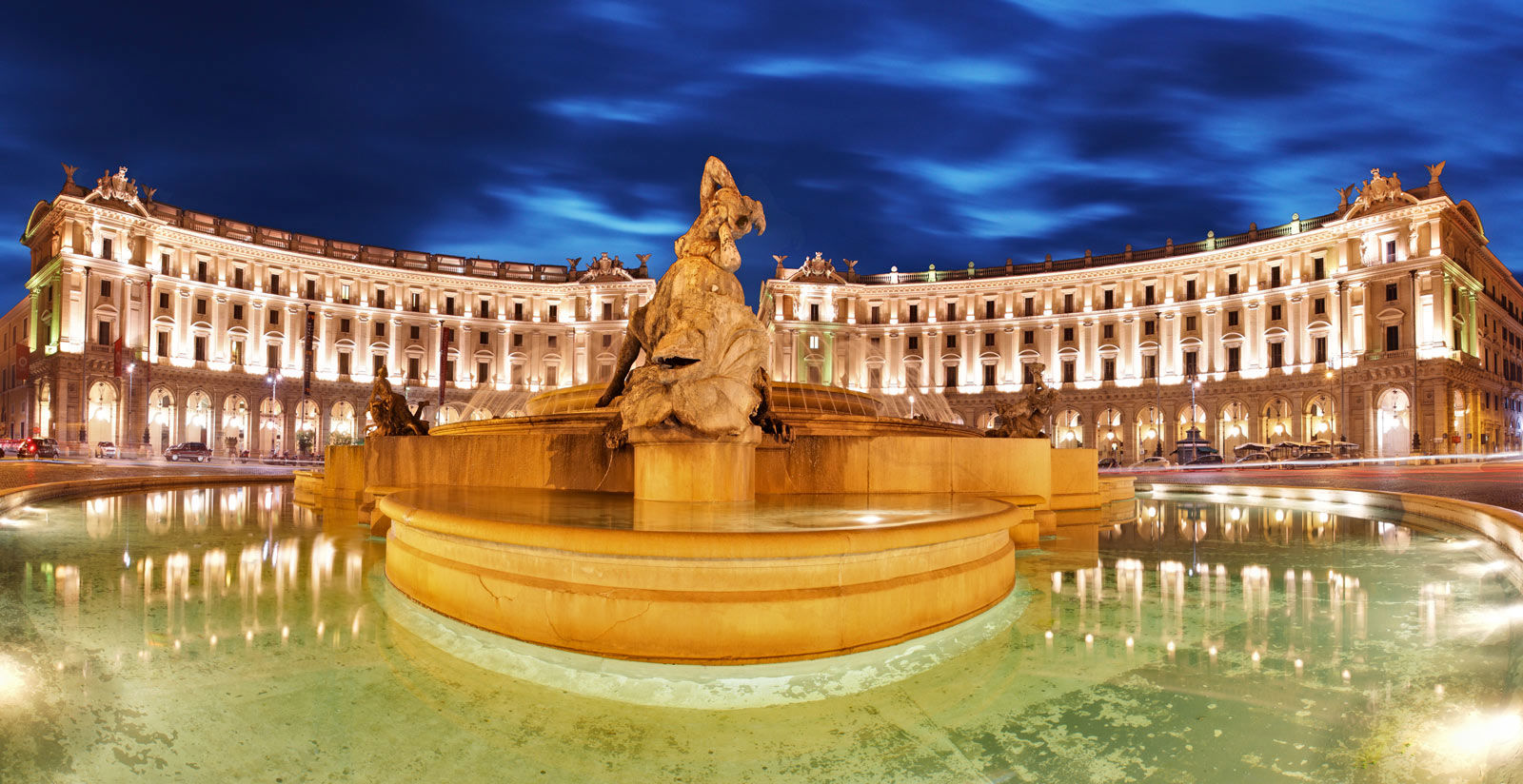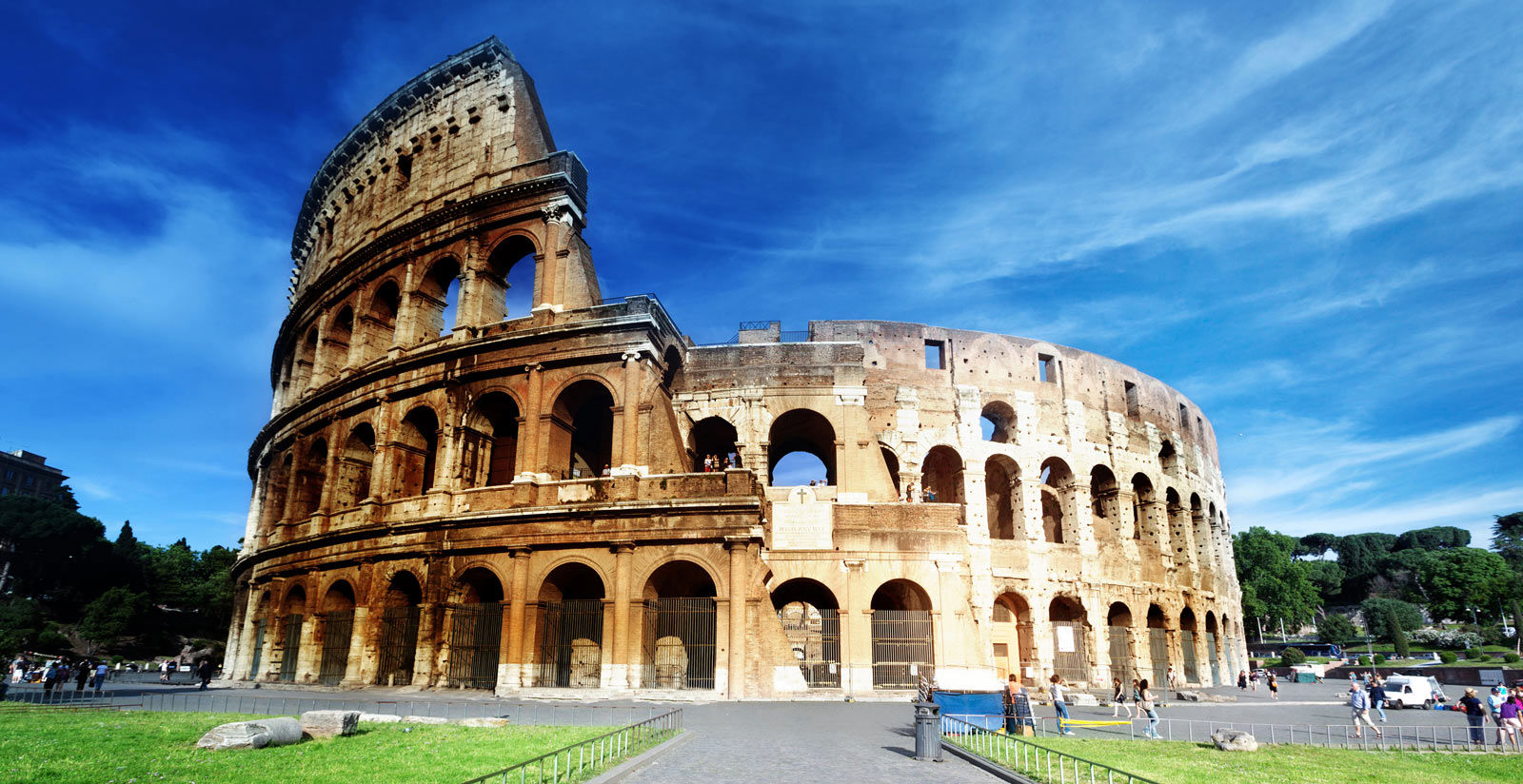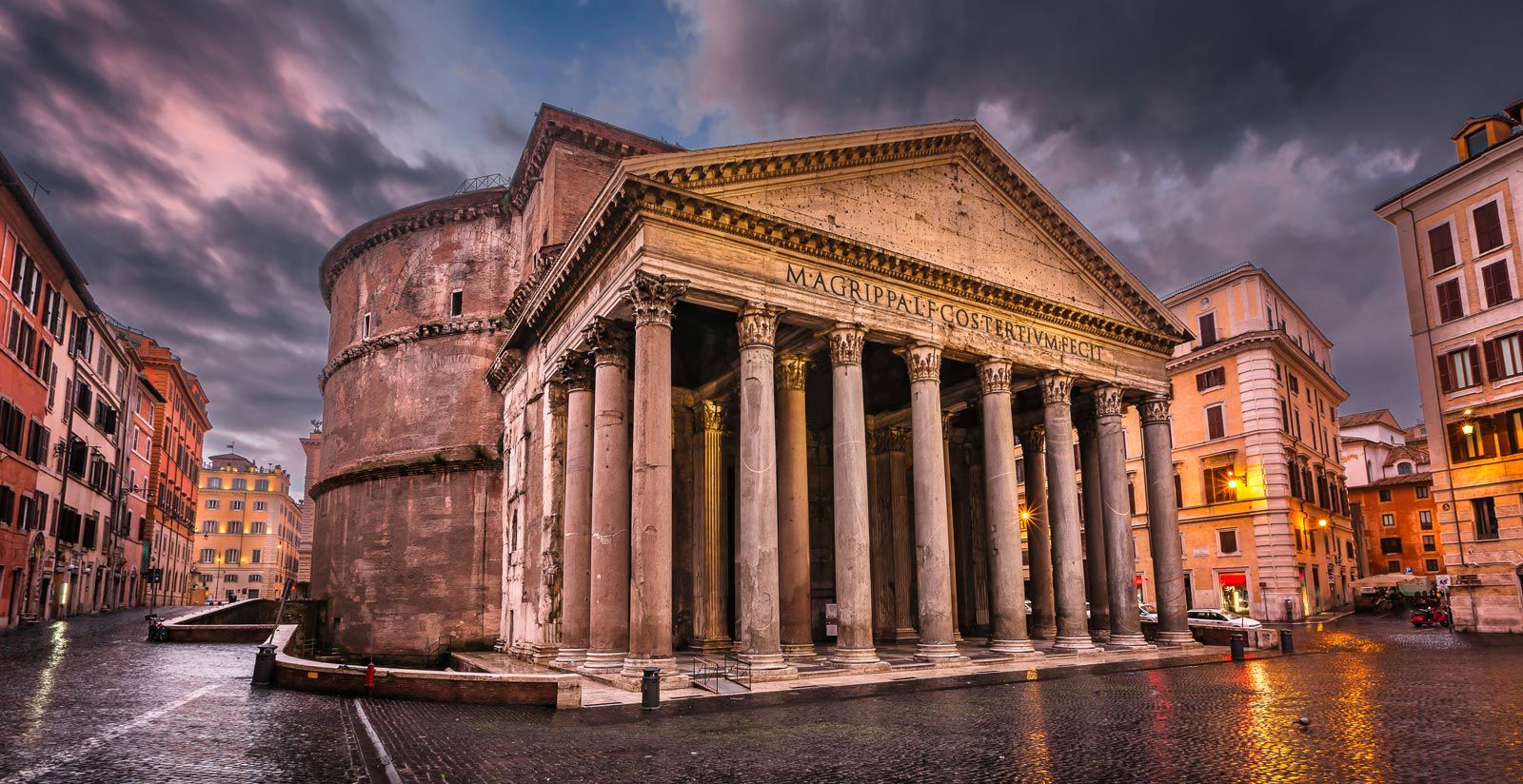Hospitals and universities
General Hospital Umberto I: The General Hospital Umberto I of Rome, named after the Italian king of the same name, is a university hospital of the first Faculty of Medicine and Surgery of the University of Rome Sapienza.
It is the second largest public hospital in Italy (biggest, with about 1200 beds). Its construction initiated in 1883 by the then Minister of Public Education, the famous physician Guido Baccelli, following the project of Guilio Podesto and Filippo Laccetti. The hospital was completed 20 years later and inaugurated by the then Rector, Luigi Galassi, and by the king, to whom it was later dedicated.
Useful Telephone Numbers:
SWITCHBOARD Tel. 06 4 997.1
RECUP – REGIONAL SINGLE BOOKING CENTER FOR THE REGION OF LAZIO Tel. 803 333
CUP AZIENDALI – SINGLE BOOKING CENTER Tel. 06 49 977 911/12/13/14/15/16
DEA – EMERGENCY AND ADMISSIONS DEPARTMENT Tel. 06 49 977 025/27
TDM – TRIBUNAL FOR PATIENT’S RIGHTS Tel. 06 49 970 286
SECURITY Tel. 06 49 970 777
CENTRAL ARCHIVES Tel. 06 49 979 990
PUBLIC RELATIONS OFFICE Tel. 06 49 977 050
GENERAL, HEALTH AND ADMINISTRATIVE DIRECTORATE Tel. 06 49 970 359
University of Rome La Sapienza: University of Rome La Sapieza, commonly known simply as La Sapienza, is one of the oldest Italian universities. It was founded by Pope Boniface VIII, who instituted this "Studium Urbis" (place of study of the city) with the Papal Bull entitled "In suprema praeminentia dignitatis" on 20 April 1303. With 129,500 registered students in 2010, it is the third largest university in Europe and the 43th largest in the world by enrolment.
Following the reorganization of 2010, it now has 11 faculties, over 60 departments, twenty-one museums and over 50 libraries.
In addition to several campuses outside Rome, the University has a satellite campus in Latina.
In 2013, La Sapienza was the only Italian university to appear in the list of the world’s one hundred best universities published by the Centre for World University Rankings, placing 62nd.
A large portion of Italian leading class (as well as that of Europe) was educated here.
Useful Telephone Numbers:
SWITCHBOARD Tel. 06 49911
URP PUBLIC RELATIONS OFFICE Tel. 06 4969 0402–3-4-5
SPECIAL NEEDS OFFICE Tel. 800 410960; 06 4991 0400
SAPIENZA WIRELESS Tel. 06 4969 0113
CNR (Piazzale Aldo Moro, 7): is an Italian national public organization with the duty of carrying out, promoting, spreading and improving scientific and technologic research activities and their application towards scientific, technologic, economic and social development.
Founded on 18 November 1923 and made a state institution in 1945, it has primarily performed training, promotion and research coordination activities in all of the technologic and scientific sectors. In 1999, CNR became a “national research organization with general scientific competences and scientific research institutes distributed over Italy, which carries out activity of primary interest for the promotion of science and the progress of the Country".
Soon after the outbreak of the war, in many European countries, scientists tried to establish institutions that could aggregate all the activities related to inventions and research.In 1916, the National Committee for Science and Technology (CNST) towards the development and growth of Italian industry was founded in order to further increase the bonds between Science and its applications; while in 1917, the spending of additional 3 million lira towards the amenities and furnishings of Institutes of Physics, Chemistry and their technical applications was authorized. Also in 1917, the Invention and Research Bureau was established.
As a result of these initiatives, a greater sensibility towards the sciences was beginning to emerge. This sensibility was first glimpsed in the founding in November 1918 of the International Research Council (IRC), in which Vito Volterra, who was joined by representatives from France, England, United States and Belgium, represented Italy. It was further confirmed by the presidential decree of 17 February 1919, which established a committee “with the task of preparing a project for the construction of a National Research Council” and further stipulated that “the National Research Council must have as its goal the organization and promotion of research for scientific, industrial and national defence purposes”. This decree marks the official beginning of the process that lead to the establishment of the CNR: a process that would conclude with the issuing of legislative decree of 18 November 1923.
On 23 December 1987, CNR registered the first Italian internet domain: cnr.it
CNR is under the supervision of the Ministry of Education, University and Research.
National Library (Viale Castro Pretorio, 105): The National Central Library of Rome (BNCR) is one of Italy’s two national libraries, which have the primary task of gathering and preserving all Italian publications. It is located on Viale Castro Pretorio, not far from Termini Station. The library is also known as Vittorio Emanuele II National Library, after the king to whom it was dedicated in the year of its establishment (1875).
With about 7,000,000 printed volumes, 2,000 incunabula, 25,000 16th century volumes, 8,000 manuscripts, 10,000 prints and drawings, 20,000 geographic maps, and 1,342,154 pamphlets, it is Italy’s biggest library.
The current building, inaugurated in 1975, was constructed between 1965 and 1975 by a group of architects (Massimo Castellazzi, Tullio Dell'Anese, Annibale Vitellozzi) in the International Style, which was very popular in those years.
Services, open to all those 18 years of age or older, are free and include the consultation of all, and the loan and photocopying of some of the materials.






